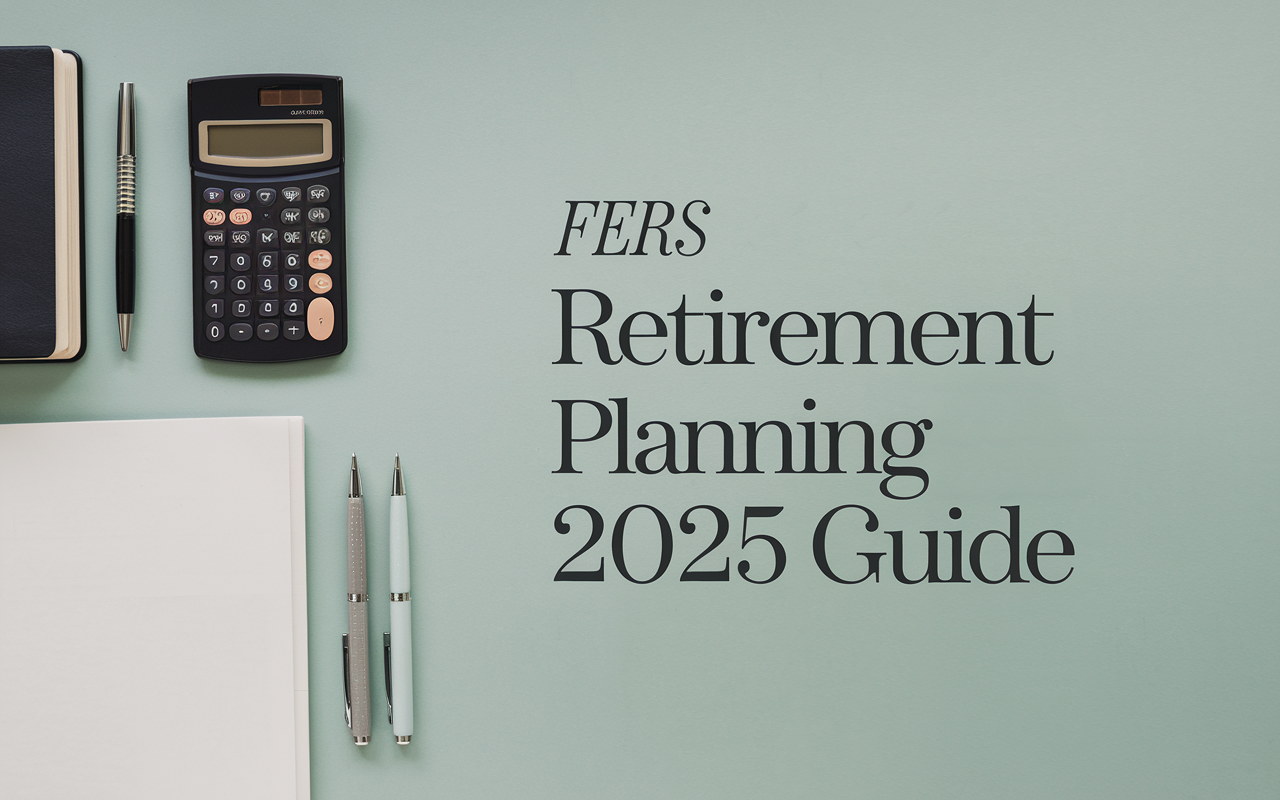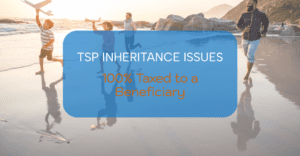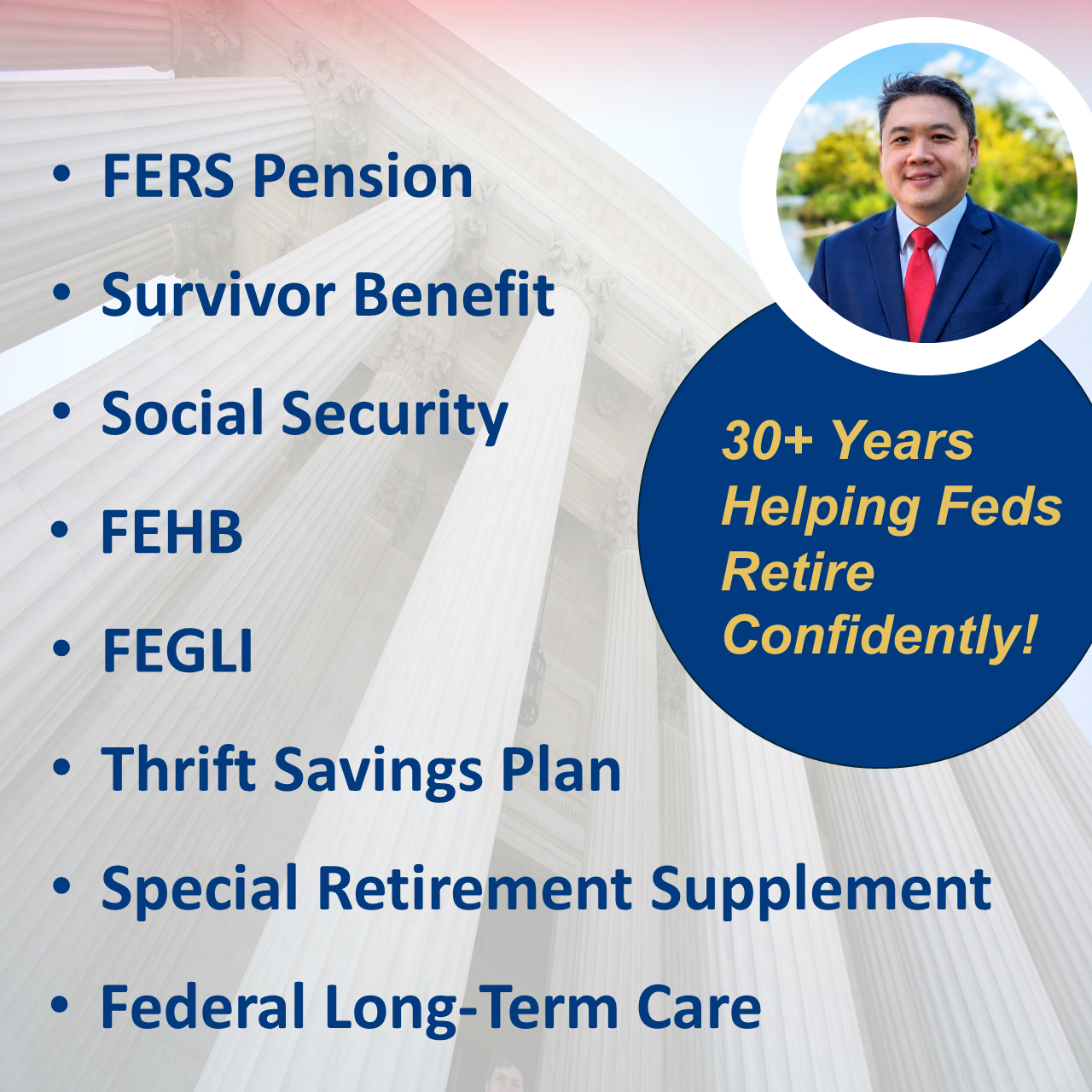FERS Retirement Planning 2025: Your Comprehensive Guide
Retirement often feels like stepping into unfamiliar territory. Whether you’ve served in the military or dedicated decades of your career as a federal employee, the stakes around retirement decisions are significant. Understanding the Federal Employees Retirement System (FERS) is a vital step toward making informed choices about your future income. If you’re aiming to retire in—or simply want to strengthen your retirement plan by—2025, then this guide offers insight into how to explore FERS benefits, avoid common pitfalls, and streamline your path toward a secure post-employment life.
Understanding the Federal Employees Retirement System (FERS)
FERS is the retirement program for civilian federal workers, built around three core components: the Basic Benefit Plan, the Thrift Savings Plan (TSP), and Social Security. Each piece contributes toward your retirement income. Because it covers many different circumstances—from individuals with twenty-five years of service to those joining federal service later in life—FERS is designed for flexibility. Whether you plan to retire in 2025 or a bit later, staying informed on current rules and contribution limits ensures that you can make the most of your potential retirement income.
The cornerstone of FERS is its emphasis on shared responsibilities between you and your employer. Deductions from your paycheck go toward future retirement benefits, while agency contributions enhance your TSP. As we explore the details, keep your unique career path in mind. You may have taken breaks in service, performed military service, or switched agencies, all of which may affect your retirement calculations. Yet, understanding how each part of FERS fits together helps clarify your bigger financial picture.
Analyzing the Basic Benefit Plan
The Basic Benefit Plan forms the pension portion of your FERS retirement. When individuals refer to the “FERS pension,” this is generally the piece they mean. It draws from two key metrics: your length of service and your “high-3” average salary. While other factors (like unused sick leave) might play a smaller role, these two are paramount. The longer you remain in federal service, and the higher your highest three consecutive years of pay are, the larger your eventual annuity.
The phrase “high-3 average salary” typically describes the 36 consecutive months in your career when you earned the most. Often, this occurs as you near the end of your career, assuming that is when your salary is highest. However, for some federal employees, the peak earning period might arrive earlier—especially if you experienced a promotion or temporarily stepped into a higher-paying role. Once you identify your high-3 window, you add up your total pay across those months and divide by three to land on the average salary. This figure then serves as the foundation for the Basic Benefit Plan calculation. For additional details on these calculations, you may want to review Federal Employee FERS Retirement Annuity: How to Calculate FERS Pension.
The length of service is equally important. Federal employees earn credit for each year (and partial service can be counted in months and days) spent under FERS. Generally, the formula is:
Annual FERS Annuity = (High-3 Average Salary) x (Years of Creditable Service) x (Pension Multiplier)
For most employees retiring before age 62, the pension multiplier is 1%. If you retire at 62 or older with at least 20 years of service, the multiplier increases to 1.1%. That may not sound like a large difference, but over decades of retirement, that extra 0.1% can enhance your total income.
Utilizing the Thrift Savings Plan (TSP)
Alongside the Basic Benefit Plan, the Thrift Savings Plan (TSP) contributes to the second major portion of your FERS retirement. Think of it like a 401(k) or 403(b)-style account tailored to federal employees. You can choose how much pre-tax (traditional) or after-tax (Roth) money to invest, pick from a suite of funds, and take advantage of matching contributions from your agency (for most FERS employees, up to 5% of pay). The TSP is valued for both its low administrative fees and the ability to roll over or consolidate funds if you leave federal service. Learn more about TSP strategies in our TSP & Investing resource.
For 2025, the TSP contribution limits have changed to help participants adjust their investment strategy if they choose:
| Age | Contribution Limit 2025 |
|---|---|
| Under 50 | $23,500 |
| 50 and Older | $31,000 (with catch-up) |
| 60-63 | $34,750 (with higher catch-up) |
The increased limits mean you can save more money on a tax-deferred or Roth basis, potentially enhancing your retirement nest egg. Be sure to investigate exactly how the TSP catch-up contributions are administered: employees 50 and older can make standard catch-up contributions, while employees in the 60 to 63 age range receive an enhanced catch-up option. If your goal is to increase savings as 2025 approaches, consider how you might adjust your payroll contributions.
Incorporating Social Security Benefits
The third component—Social Security—complements your Basic Benefit Plan and TSP in FERS. If you spent the majority of your career as a federal employee (that is, in a position covered by Social Security), you will have built up credits equivalent to those in the private sector. Your timeline for claiming Social Security benefits can then fold naturally into your federal retirement strategy.
By design, FERS ensures most retirees have a balanced income stream from the FERS pension, personal TSP savings, and Social Security payments. Many new retirees grapple with the decision of when to start collecting Social Security. It’s important to compare your anticipated Basic Benefit Plan income with monthly Social Security amounts. If your other sources of income, such as TSP distributions, can fill the gap, you might choose to delay Social Security. Learn more about these timing trade-offs in What is the Best Age to Take Social Security? Pros & Cons of Starting Earlier or Later.
Mastering FERS Annuity Calculations
One of the most pressing questions for prospective retirees is: “How much can I expect every month from my FERS annuity?” While no two employees have identical circumstances, you can get a solid estimate by walking through a simplified version of the calculation:
Example Scenario:
Imagine your high-3 average salary is $90,000, and you have 25 years of creditable service. If you retire at age 60, your pension multiplier would be 1%. So, the calculation goes:
$90,000 (High-3 average) x 25 (Years of service) x 1% (Multiplier) = $22,500 per year
That translates to an initial monthly annuity of about $1,875 before deductions, such as health premiums or taxes. If this same employee waited until age 62—with the same years of service but now qualifying for the higher multiplier—an updated calculation might look like:
$90,000 x 25 x 1.1% = $24,750 per year
That shift from 1% to 1.1% yields an extra $2,250 annually, or just under $190 more each month. Over a decade or two in retirement, these differences can become significant.
Remember also that the date you choose to retire can alter your pension and the timing of your cost-of-living adjustments (COLA). For instance, retiring at specific points in the calendar year might help you start receiving the partial COLA sooner—so it pays to map out an ideal date aligned with your personal work-life considerations and FERS rules. For more detailed guidance, see FERS and CSRS: The Best Dates for Federal Employees to Retire in 2025.
2025 Updates and What They Mean for You
Staying current on any forthcoming changes in 2025 can help you refine your plans, especially if retirement is on the near horizon. While FERS itself remains structurally consistent, several key updates may affect your planning:
| Update Type | Change for 2025 |
|---|---|
| TSP Limit Adjustments | $23,500 Under 50 / $31,000 Age 50+ / $34,750 Age 60-63 |
| FEDVIP Premiums | Premiums increasing by select percentage for dental & vision |
| COLA Increase | Projected around 2% across FERS annuities |
| Federal Pay Raise | Likely in the 2% range for active employees |
The TSP limit increases can be substantial if you’re looking to boost contributions in your final working years. Even smaller changes, like FEDVIP annual premium adjustments for dental and vision coverage, matter because out-of-pocket costs can add up over time. Learn more about your coverage options in Open Enrollment 2024: FEHB and FEDVIP Plans for 2025. Meanwhile, the cost-of-living adjustment helps assure that retirees see their annuities and Social Security benefits adjust modestly with inflation—particularly important if you anticipate a longer retirement.
Navigating Future Financial Security with FERS
For many, FERS can serve as an excellent vehicle for striving towards a balanced retirement income—composed of pension payments, Social Security, and TSP withdrawals. As you look toward 2025, here are a few final considerations that can enhance your success:
Evaluate Your Retirement Date Thoroughly. While some might default to leaving at the end of the calendar year, other dates—often synced with pay periods—might result in a smoother transition. However, pushing retirement to the next month because of a pay period may delay the start of your pension a month later.
Check Your Service Records for Accuracy. Particularly for those with breaks in service (including military leave), verifying accurate credit for your time helps avoid unpleasant surprises. Reviewing your SF-50s or requesting a Certified Summary of Federal Service may iron out any discrepancies in your file.
Refine Your Approach to TSP Contributions. With the 2025 TSP limits in place, age-based catch-up contributions can significantly enlarge your nest egg. If you have the financial bandwidth, consider how you might make the most of these higher limits to utilize any catch-up provisions.
Think Holistically About Your Income Streams. The interplay between your Basic Benefit Plan, TSP withdrawals, and Social Security can be optimized if you map out a timeline for each. Some federal retirees choose to rely more heavily on TSP early on, delaying Social Security to potentially receive a higher monthly benefit later. The “right” approach depends on personal health, family situation, and retirement lifestyle goals.
Plan for Healthcare and Insurance Costs. As updates to FEDVIP and other health-related benefits take effect, factor those new premiums into your budget. Even a small percentage increase can translate into a tangible difference over many years. Make sure you know what you’ll owe each month—and how much your annuity or TSP withdrawals need to cover.
Final Thoughts: Taking Proactive Steps
FERS retirement planning is rarely a simple task—each moving piece has its own rules, exceptions, and timelines. Yet by staying informed, you can approach 2025 with a clear perspective on how each part of your retirement puzzle fits together. From fine-tuning your TSP contributions to deciding on the ideal retirement date, proactive steps now can help in securing a more comfortable lifestyle down the road.
If you’re feeling overwhelmed by the details or simply want a professional’s perspective, you may want to sit down with a financial advisor who specializes in federal employee benefits. Our team at PlanWell includes professionals holding the ChFEBC, CFP, and AIF designations—ensuring you receive expert guidance tailored to your federal retirement needs. And if you’d like to learn more in a setting designed specifically around your questions, consider attending one of our Federal Retirement Planning Workshops or a FERS webinar. You can sign up anytime here: Federal Retirement Planning Workshops.
Retirement can be a richly rewarding phase of life—particularly when it’s backed by a thorough understanding of FERS and the opportunities on the table. As we move into 2025, stay current on legislative shifts, run the numbers on your pension and TSP, and align your retirement date with any service requirements or eligibility benchmarks you’re aiming to meet. By taking these steps, you’re giving yourself the best chance at enjoying a confident and secure financial future.










